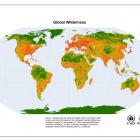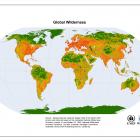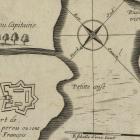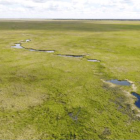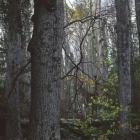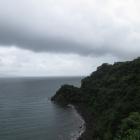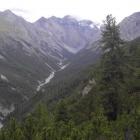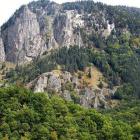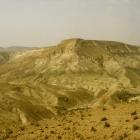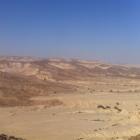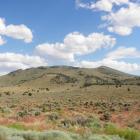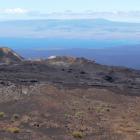built environment
Wildernis and woestenij—Dutch
Wildernis and woestenij—Dutch
In this chapter of the “Wilderness Babel” exhibition, the author Britt Stikvoort states that the Dutch term “wildernis” is today often used for areas that are not visibly and recently touched by people.
"Pooling Expert Opinion on Environmental Discounting: An International Delphi Survey"
The authors examine the issues related to environmental discounting in cost-benefit analyses on projects of environmental impact by using a Delphi survey of a worldwide panel drawn from specialists.
The Day the Falls Stopped Flowing: Devastation and Resilience in Tropical Queensland
“Asbestos: Inside and Outside, Toxic and Haptic”
In this article, Sasha Litvintseva examines the history and materiality of asbestos to theorize toxic embodiment through the mutuality of the haptic sense and the breaching of boundaries of inside and outside. She develops this through an analysis of her own film project Asbestos (2016), shot at the mining town of Asbestos, Quebec.
"Outside Inside"
In this selection of poems, Adam Dickinson focuses on the “outside” that is the “inside,” thereby drawing attention to the coextensive and intra-active nature of the body with its environment and the consequent implications for linking the human to the nonhuman and the personal to the global in environmental ethics.
What Living in Space Teaches Us about Living on Earth
Climate-Sensitive Architecture as a Blueprint: Habits, Shades, and the Irresistible Staircase
Daniel Barber explores alternative visions of modernity in architectural projects in Brazil from the 1930s and 1940s that embraced, rather than excluded, climate.
Memory and the Origins of the Reserva Ecológica Costanera Sur in Buenos Aires
"Recentralising Political Power Through Decentralised Environmental Governance: A Case from Mexico's Early REDD+ Program"
Beth A. Bee studies the implementation of decentralized forms of environmental governance in Jalisco, Mexico, and the political and economic forces resulting in the marginalization of the municipalities affected by this project.
















